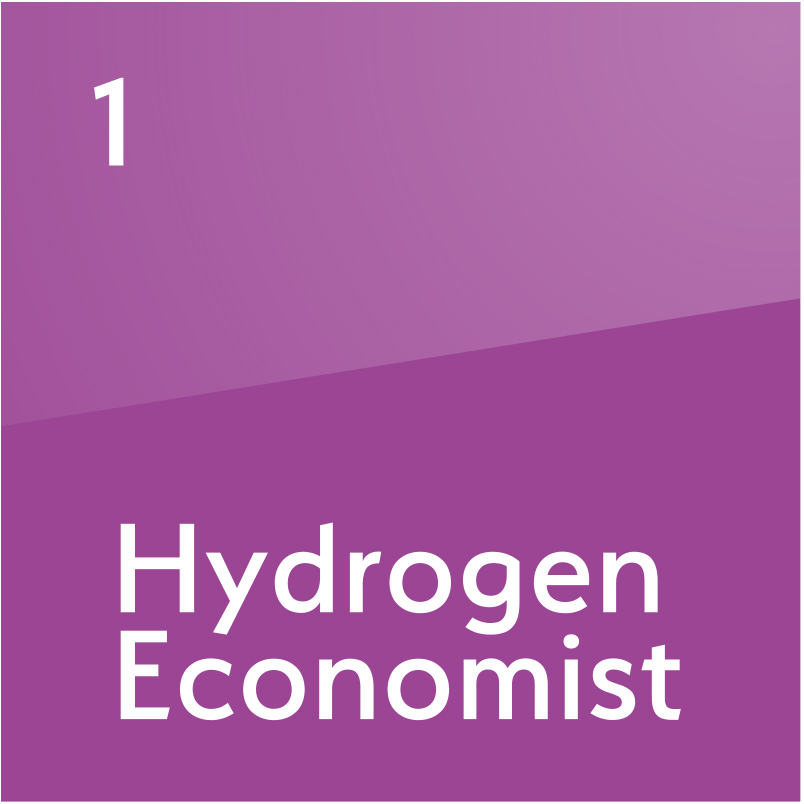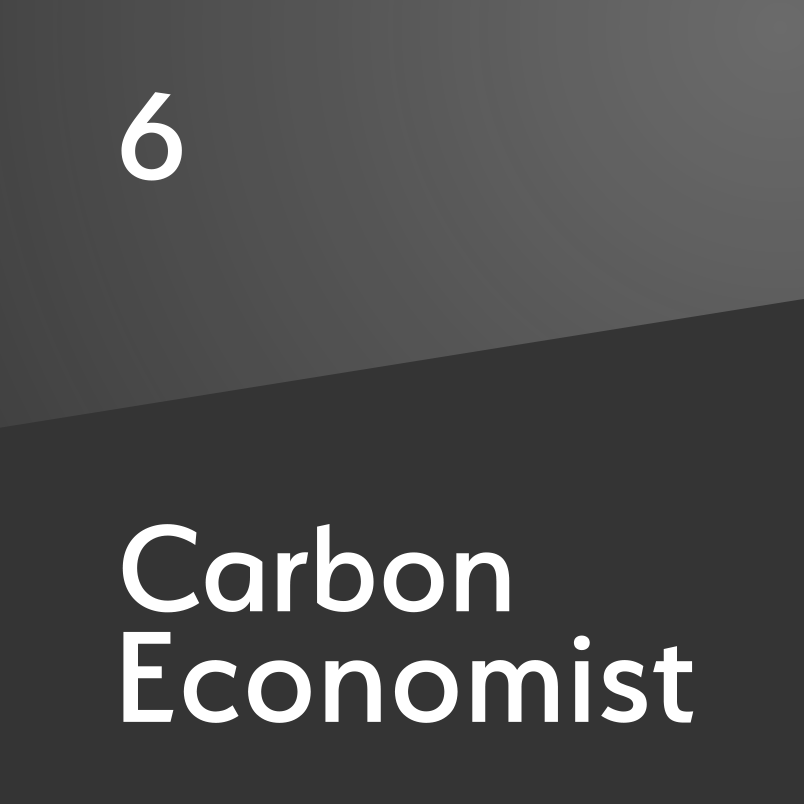Europe has coping mechanisms for life after Russian gas
The Ukraine–Russia gas transit and interconnection agreements are due to expire at the end of this year, but despite some uncertainty, Europe seems well-prepared
The long-running conflict between Ukraine and Russia was—even before the 2022 full-scale invasion—always bound up in the politics of energy, specifically gas. Ukraine was a key conduit for Russian gas to reach the rest of Europe, and for years Moscow was able to leverage these flows and Ukraine’s own energy requirements against first Kyiv and then the EU. This climaxed in 2022, when the conflict entered a much bloodier and overt phase, and Putin attempted to use Europe’s heavy dependence on Russian gas in an effort to break NATO and EU cohesion and support for Ukrainian resistance. Those efforts were ultimately unsuccessful, and in the interim Europe has largely—although not entirely—weaned

Also in this section
8 December 2025
The Caribbean country’s role in the global oil market is significantly diminished, but disruptions caused by outright conflict would still have implications for US Gulf Coast refineries
5 December 2025
Mistaken assumptions around an oil bull run that never happened are a warning over the talk of a supply glut
4 December 2025
Time is running out for Lukoil and Rosneft to divest international assets that will be mostly rendered useless to them when the US sanctions deadline arrives in mid-December
3 December 2025
Aramco’s pursuit of $30b in US gas partnerships marks a strategic pivot. The US gains capital and certainty; Saudi Arabia gains access, flexibility and a new export future







